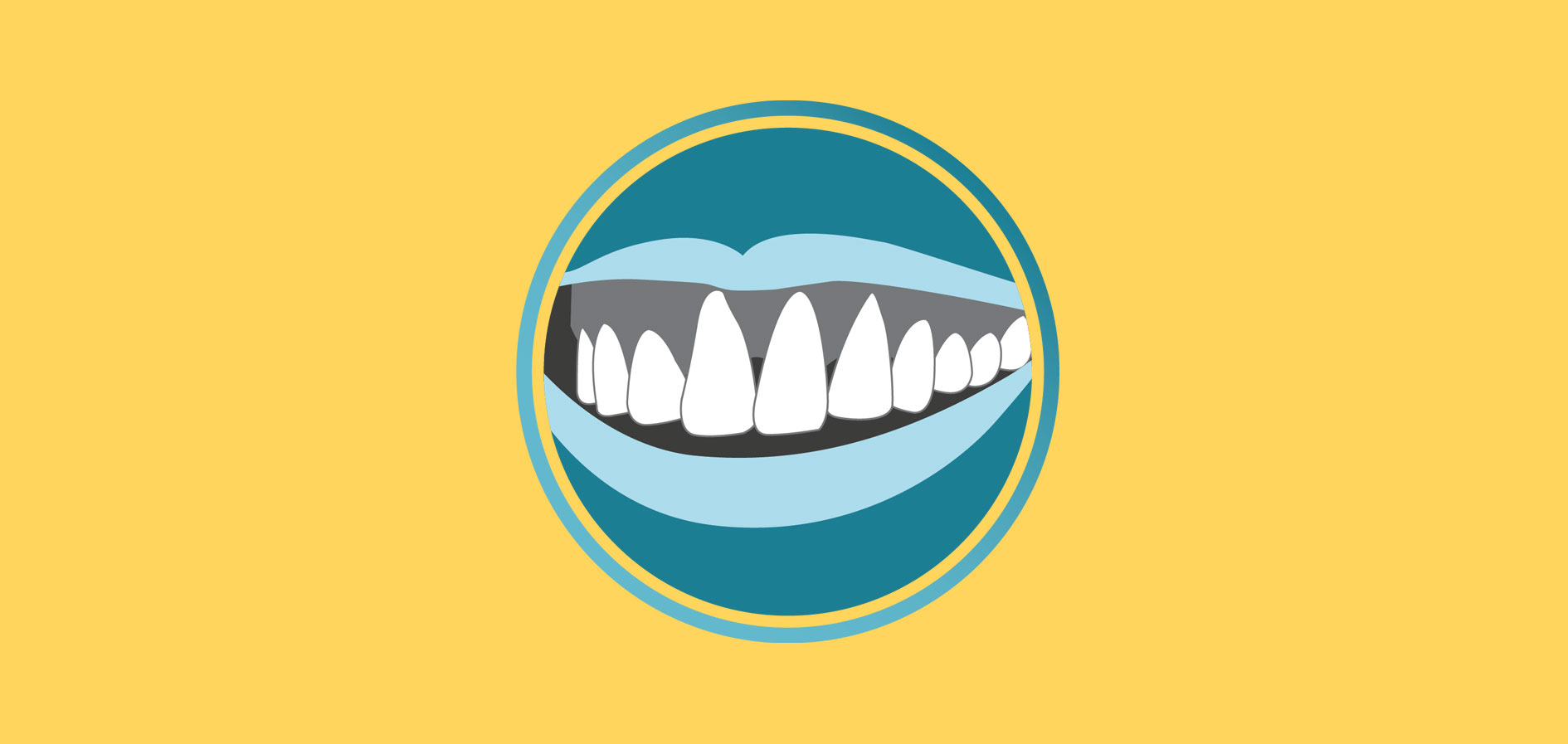Most forms of gum disease involve the infection and erosion of gums. In some cases, it spreads below the gums to infect the bone that supports the teeth. Gum disease is seen in various stages, from a mild condition (Gingivitis) that is easily reversible to severe forms (Periodontitis) that require more comprehensive treatment.
Signs of gum disease can be seen in certain regions or across the entire gums.These include:
Red gums
Swollen gums
Painful gums
Gums that are receding or pulling away from the teeth, making them appear longer than before
Loose or shaking teeth
Pus in the gums Bad breath which is persistent
There are a variety of treatments for gum disease depending on the stage of disease, how you may have responded to earlier treatments, and your overall health.Treatments range from nonsurgical therapies that control bacterial growth to surgery to restore supportive tissues.
Non-surgical Treatments for Gum Disease
• Professional dental cleaning: During a typical checkup your dentist or dental hygienist will remove the plaque and tartar (plaque that builds up and hardens on the tooth surface and can only be removed with professional cleaning) from above and below the gum line of all teeth. If you have some signs of gum disease, your dentist may recommend professional dental cleaning more than twice-a-year.
• Scaling and root planing: This is a deep-cleaning, nonsurgical procedure, done under a local anesthetic, whereby plaque and tartar from above and below the gum line are scraped away (scaling) and rough spots on the tooth root are made smooth (planing). Smoothing the rough spots removes bacteria and provides a clean surface for the gums to reattach to the teeth. Scaling and root planing is done if your dentist or periodontist determines that you have plaque and calculus (hardened plaque, also called tartar) under the gums that needs to be removed.
Surgical Treatments for Gum Disease
Some treatments for gum disease are surgical. Some examples are:
• Flap surgery/pocket reduction surgery:During this procedure the gums are lifted back and the tarter is removed. In some cases, irregular surfaces of the damaged bone are smoothed to limit areas where disease-causing bacteria can hide. The gums are then placed so that the tissue fits snugly around the tooth. This method reduces the size of the space between the gum and tooth, thereby decreasing the areas where harmful bacteria can grow and decreasing the chance of serious health problems associated with periodontal disease.
• Bone grafts:This procedure involves using fragments of your own bone, synthetic bone, or donated bone to replace bone destroyed by gum disease. The grafts serve as a platform for the regrowth of bone, which restores stability to teeth. New technology, called tissue engineering, encourages your own body to regenerate bone and tissue at an accelerated rate. • Soft tissue grafts. This procedure reinforces thin gums or fills in places where gums have receded. Grafted tissue, most often taken from the roof of the mouth, is stitched in place, adding tissue to the affected area. • Guided tissue regeneration. Performed when the bone supporting your teeth has been destroyed, this procedure stimulates bone and gum tissue growth. Done in combination with flap surgery, a small piece of mesh-like fabric is inserted between the bone and gum tissue. This keeps the gum tissue from growing into the area where the bone should be, allowing the bone and connective tissue to regrow to better support the teeth.
• Bone surgery: Smoothens shallow craters in the bone due to moderate and advanced bone loss. Following flap surgery, the bone around the tooth is reshaped to decrease the craters. This makes it harder for bacteria to collect and grow.
In some patients, the nonsurgical procedure of scaling and root planing is all that is needed to treat gum diseases. Surgery is needed when the tissue around the teeth is unhealthy and cannot be repaired with nonsurgical options. Antibiotic treatments can be used either in combination with surgery and other therapies, or alone, to reduce or temporarily eliminate the bacteria associated with gum disease or suppress the destruction of the tooth's attachment to the bone.

